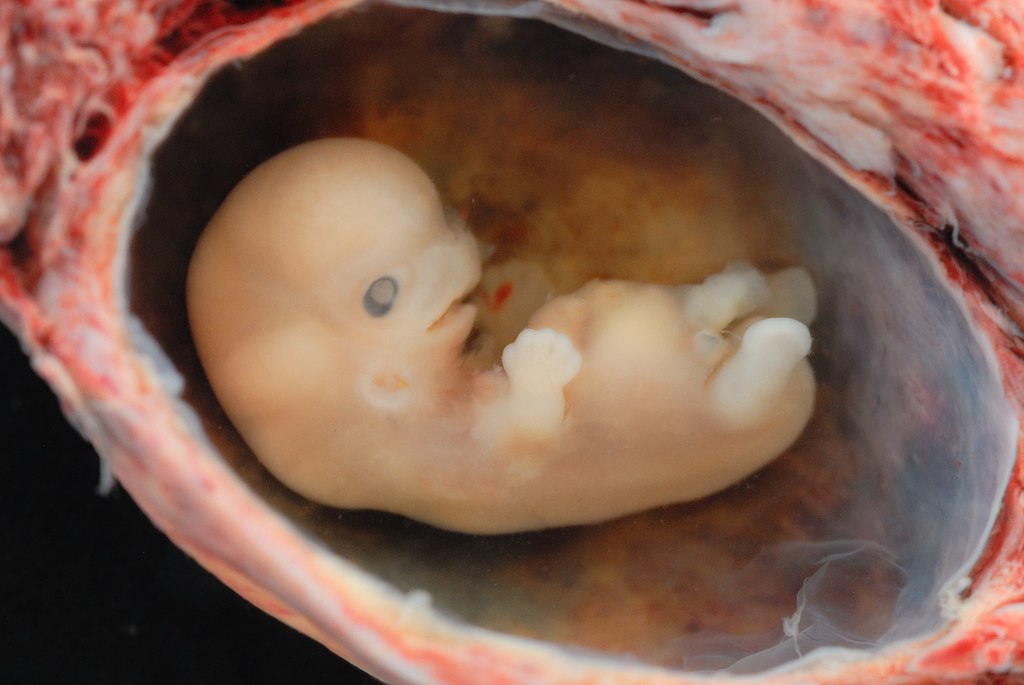
Researchers at the Weizmann Institute of Science in Israel have successfully created “complete” models of human embryos in a laboratory setting.
These embryos, known as stem cell-based embryo-like structures or SEMs, possess all the identifiable characteristics of regular embryos at approximately two weeks of development.
Moreover, these SEMs were grown without the need for sperm, eggs, or a uterus. What’s noteworthy is that these laboratory-made models even contained hormones that triggered a standard commercial pregnancy test to yield a positive result.
Scientists explained that, unlike previous embryo models, their creations have demonstrated the capability to advance to the next phase of development.
Getting insight on birth defects and miscarriages
The research team hopes to uncover the mysteries surrounding the early weeks of human development and potentially gain valuable knowledge about the factors contributing to birth defects and miscarriages.
Professor Jacob Hanna, who led the study, emphasized that the most critical phase occurs in the first month. The subsequent eight months of pregnancy primarily involve significant growth.
Scientists grow 'complete' model of human embryo without egg, sperm or womb pic.twitter.com/aPeKOE1ncd
— Shahid Fareed (@ShahidFare18374) September 7, 2023
However, this initial month remains largely mysterious. Our stem cell-derived human embryo model provides an ethical and accessible means of peeking into this mystery, he further explained.
It closely replicates the development of a real human embryo, particularly its incredibly intricate structure.
Use of ‘naive’ stem cells to grow into embryos
To conduct their research, which has been published in the journal Nature, the scientists utilized “naive” stem cells. These stem cells possess the ability to develop into any kind of tissue found in the body.
They used specific chemicals to encourage these cells to undergo growth. As a result, the cells naturally organized themselves into formations that closely resembled the characteristics of genuine human embryos.
The models were allowed to develop until they resembled a two-week-old embryo following fertilization, according to the research.
Professor Hanna explained, “An embryo is self-driven by definition; we don’t need to tell it what to do – we must only unleash its internally encoded potential. It’s critical to mix in the right kinds of cells at the beginning, which can only be derived from naive stem cells that have no developmental restrictions. Once you do that, the embryo-like model itself says ‘Go!'”
Does the legal cut-off limit apply to these embryos?
In numerous countries, there exists a legal limit of fourteen days for conducting research on regular embryos. However, these “embryo models” are not legally categorized as embryos and are not subject to the same regulations, reported The Independent.
The researchers pointed out that this innovative approach has the potential to uncover the underlying factors behind various birth defects and forms of infertility.
Furthermore, it could open ways for the cultivation of transplant organs and provide an alternative to experiments that are not feasible on live embryos, according to researchers.
See all the latest news from Greece and the world at Greekreporter.com. Contact our newsroom to report an update or send your story, photos and videos. Follow GR on Google News and subscribe here to our daily email!



